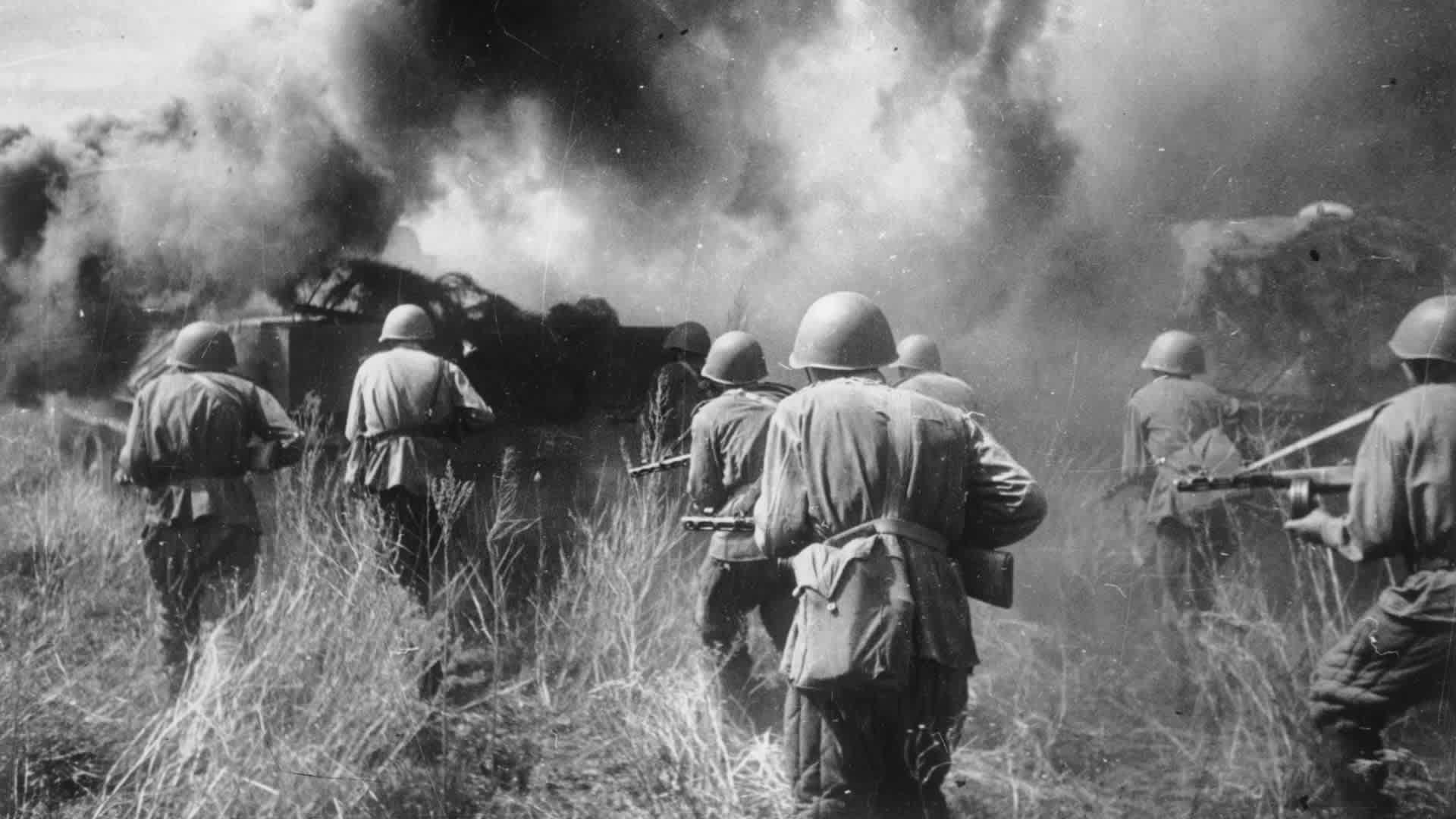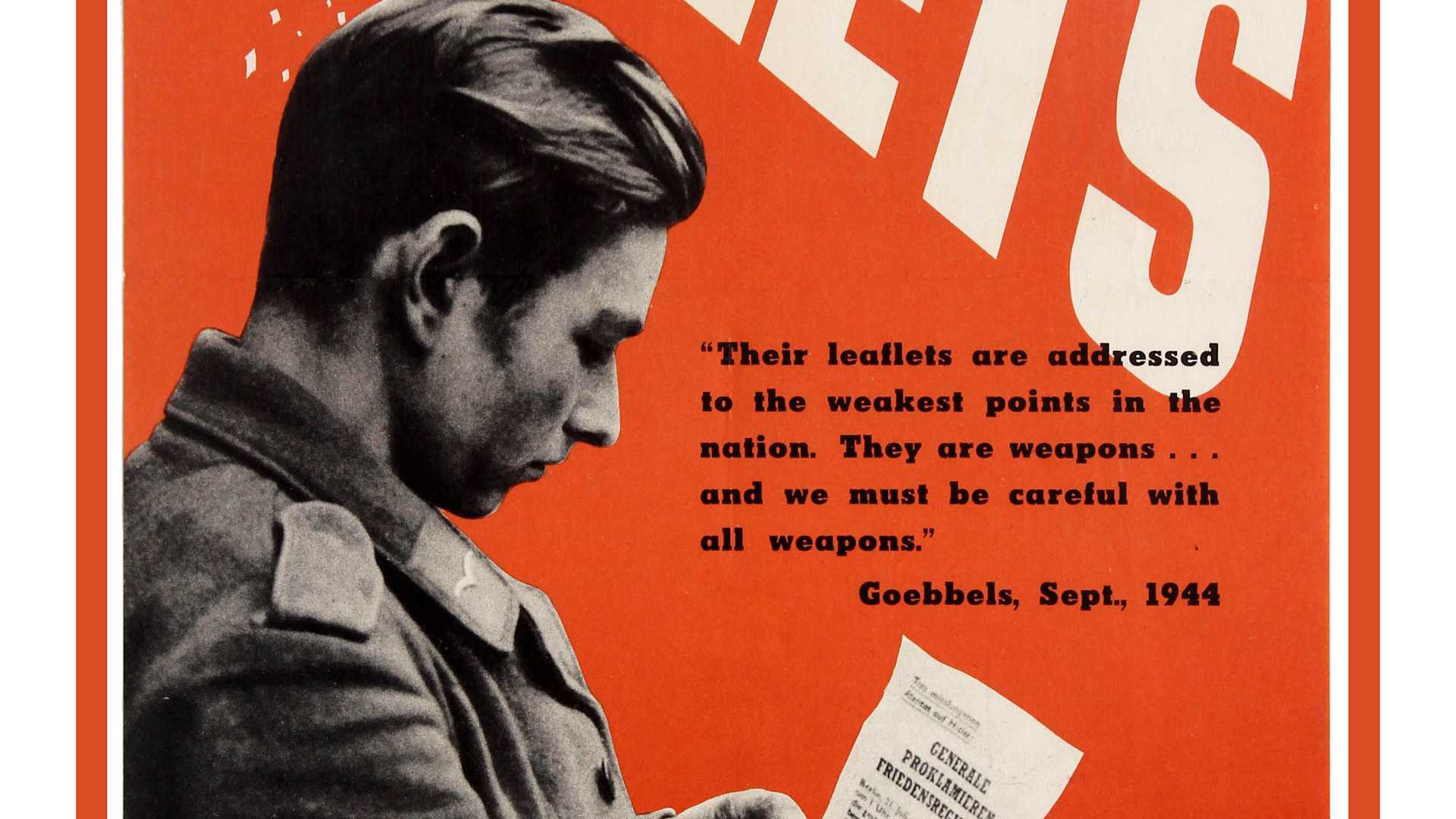I wasn’t looking to become some kind of history buff or soccer expert, trust me. I was just trying to get the damn asbestos out of the attic of this old place I bought up north. It was cheap for a reason—the whole house was a wreck, built right after the second war, and every corner held a surprise.

I started this whole mess because of a ceiling fan. Yeah, a busted, rattling ceiling fan in the master bedroom. I pulled it down, expecting to patch the drywall, and instead, my hand went right through the ceiling. I reached in there, pulled out a loose floorboard from the attic space above, and found a shoebox. Not a typical shoebox, mind you, but one wrapped tight in oiled cloth, looking like it had been sitting there since Truman was in office.
I ripped that cloth open right there on the ladder. What was inside was wild. First, a stack of letters, heavy military script, mostly dated 1917 and 1918. Letters from France, talking about mud and noise. Serious stuff. But then, right underneath those crumbling letters, were these bright, pristine programs and ticket stubs for the 1950 World Cup in Brazil. Specifically, Uruguay vs. Brazil. The Maracanazo. I’m talking about two generations of trauma and triumph sitting side-by-side.
I had to figure out the connection. Why did some guy keep his great-uncle’s desperate WW1 letters next to the proof he attended the biggest sporting upset in history? It felt like a riddle. This wasn’t just junk; it was a story about how people processed global chaos.
The Scramble for Context
I ditched the renovation for about three weeks. My wife wasn’t happy; the bathroom tile was still sitting in boxes in the garage, but I was hooked. I pulled every book I owned about post-war history. I scoured the local archives trying to trace the original homeowner, a guy named Frank, who must have been the keeper of these artifacts.
My initial hypothesis was simple: the World Cup was a distraction. After surviving the first World War, and then living through the second one, people needed a break. They needed something big and global that wasn’t about bombs or trenches. But when I read Frank’s later diaries (found stuffed inside a hollowed-out dictionary), the picture got way messier.

I started correlating dates. The post-WW2 era, especially the late 40s and early 50s, wasn’t just about rebuilding bridges and factories; it was about rebuilding identity. The 1950 World Cup, specifically, was the first one since 1938. Think about that gap. Twelve years of pure destruction. Frank wrote about how watching the World Cup felt like the first time the world agreed to compete without killing each other.
- I spent days cross-referencing the WW1 letters, noting the tone of hopeless nationalism, versus Frank’s 1950 diary entries, which focused on shared human experience, even when rooting against Brazil.
- I traced how national identities shifted. After WW1, the sport was still regional and tied up with jingoism. After WW2, the massive scale of the World Cup became a new, relatively safe outlet for national pride that governments could actually control.
- I mapped the financial recovery. For host countries, the Cup wasn’t just tourism; it was a declaration that they were back in business, globally recognized, and structurally capable of handling massive infrastructure projects.
I put together the whole timeline: the devastating consequences of the first global war led directly to the conditions that caused the second. But coming out of the second, humanity collectively realized they needed a structured, globally unifying narrative. And that’s where the World Cup stepped in. It was a massive, non-lethal battlefield where social impacts were measured in cheering and tears, not body counts.
The Final Synthesis
I ended up writing about 20,000 words just for myself, realizing that the lasting social impact wasn’t about the game itself, but how we use massive cultural events to manage trauma. The wars tore the fabric apart; the Cup offered a visible, globally televised way to stitch the nations back together, even if the threads were sometimes frayed.
The biggest takeaway, which I finally condensed into this practice note, is that global conflicts and global sports are two sides of the same human need for hierarchy and competition. Frank, the homeowner, wasn’t just hiding souvenirs. He was documenting his own journey from the horrific realism of his uncle’s war letters to the cathartic spectacle of the Maracanazo. He was showing how quickly society pivoted from absolute breakdown to manufactured, collective euphoria.
It was a headache of research, full of dust and archival trips, but I managed to connect the dots between the deepest trenches of Europe and the roaring crowds in Rio. And all because a stupid ceiling fan broke.

